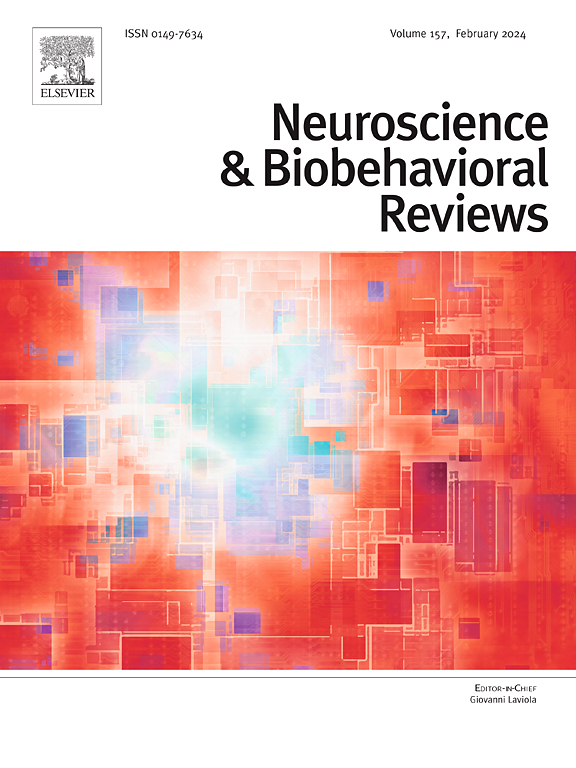"Don’t stop believing” - Decoding belief dynamics in the brain: An ALE meta-analysis of neural correlates in belief formation and updating
IF 7.5
1区 医学
Q1 BEHAVIORAL SCIENCES
引用次数: 0
Abstract
Understanding how individuals form and update their beliefs is a fundamental question in cognitive and social psychology. Belief formation (BF) refers to the initial development of an individual's belief, while belief updating (BU) pertains to the revision of existing beliefs in response to contradictory evidence. Although these two processes are often interwoven, they might operate through different neural mechanisms. This meta-analysis aims to synthesize the existing functional magnetic resonance imaging (fMRI) literature on BF and BU, with a particular focus on how BF is investigated. Approaches based on Theory of Mind paradigms, such as False Belief tasks, are often opposed to other approaches, emphasizing the role of individual or situational factors in belief formation. Notably, we propose that this differentiation might reflect the engagement of social and non-social dynamics within belief formation. Activation likelihood estimation (ALE) analysis revealed shared involvement of the Precuneus (PCu) in both BF and BU, while BF specifically engaged the bilateral activation of the Temporo-Parietal Junctions (TPJ). Additionally, social and non-social BF exhibited distinct neural correlates: social BF was associated with activity in the right TPJ, whereas non-social BF relied on the left dorsolateral prefrontal cortex (DLPFC). These findings support the hypothesis that BF and BU operate via partially dissociable neural networks and highlights the role of TPJ and PCu as essential hubs to build-up neural templates and enabling shifts in viewpoint necessary to adapt beliefs.
“不要停止相信”-解码大脑中的信念动态:信念形成和更新中神经相关的ALE元分析
理解个体如何形成和更新他们的信念是认知和社会心理学的一个基本问题。信念形成(BF)是指个体信念的初始发展,而信念更新(BU)是指个体在面对相互矛盾的证据时对已有信念的修正。虽然这两个过程经常交织在一起,但它们可能通过不同的神经机制运作。本荟萃分析旨在综合现有关于BF和BU的功能磁共振成像(fMRI)文献,特别关注BF是如何研究的。基于心理理论范式的方法,如错误信念任务,往往与其他方法相对立,强调个体或情境因素在信念形成中的作用。值得注意的是,我们提出这种差异可能反映了信仰形成中社会和非社会动态的参与。激活似然估计(ALE)分析显示BF和BU共同参与楔前叶(PCu),而BF特别参与双侧颞顶连接(TPJ)的激活。此外,社交BF和非社交BF表现出明显的神经相关性:社交BF与右侧TPJ的活动有关,而非社交BF依赖于左侧背外侧前额叶皮层(DLPFC)的活动。这些发现支持了BF和BU通过部分可分离的神经网络运作的假设,并强调了TPJ和PCu作为构建神经模板和实现适应信念所必需的观点转变的重要枢纽的作用。
本文章由计算机程序翻译,如有差异,请以英文原文为准。
求助全文
约1分钟内获得全文
求助全文
来源期刊
CiteScore
14.20
自引率
3.70%
发文量
466
审稿时长
6 months
期刊介绍:
The official journal of the International Behavioral Neuroscience Society publishes original and significant review articles that explore the intersection between neuroscience and the study of psychological processes and behavior. The journal also welcomes articles that primarily focus on psychological processes and behavior, as long as they have relevance to one or more areas of neuroscience.

 求助内容:
求助内容: 应助结果提醒方式:
应助结果提醒方式:


